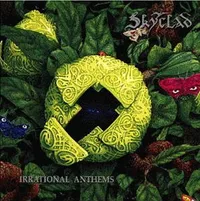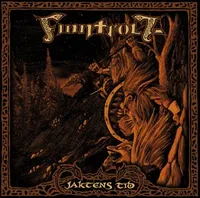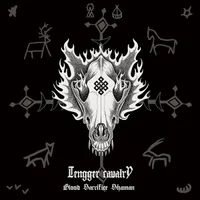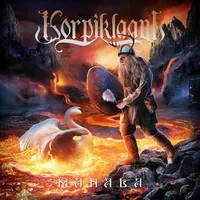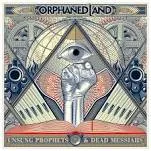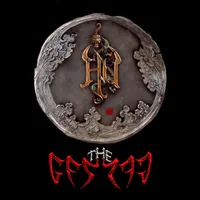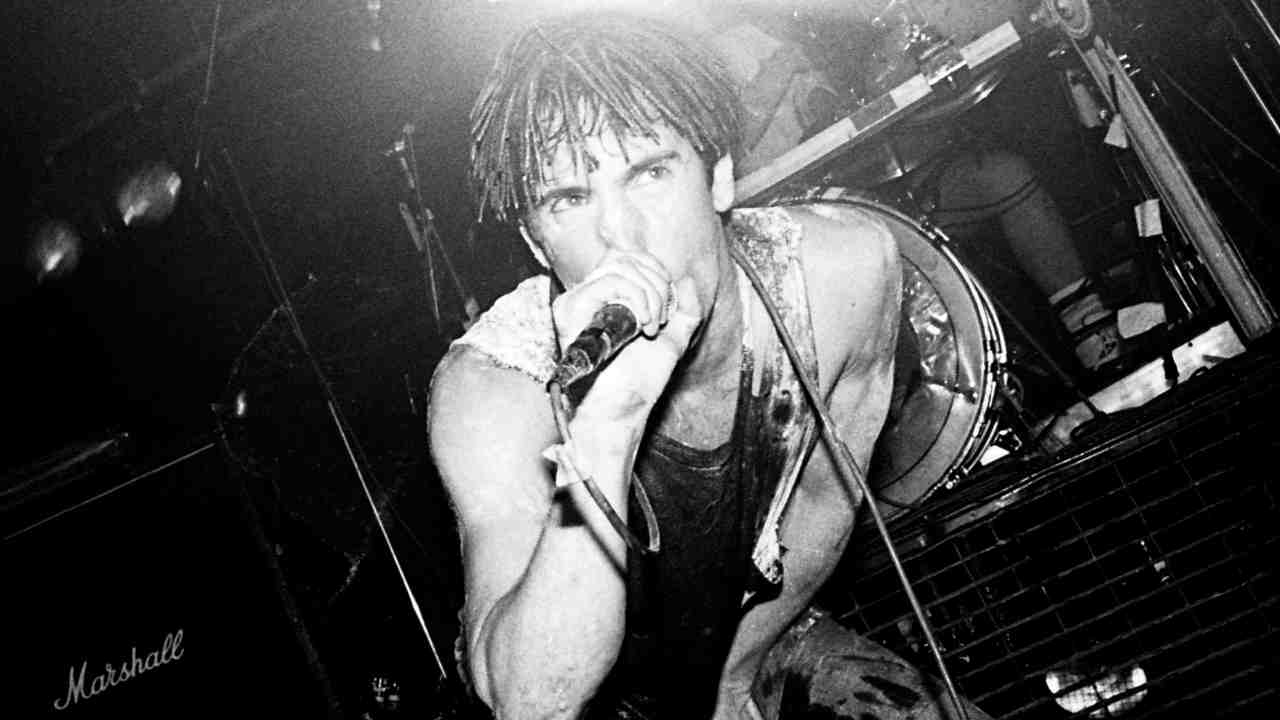10 essential folk metal albums
From the forests of Scandinavia to the steppes on Mongolia, these are 10 must-hear folk metal albums
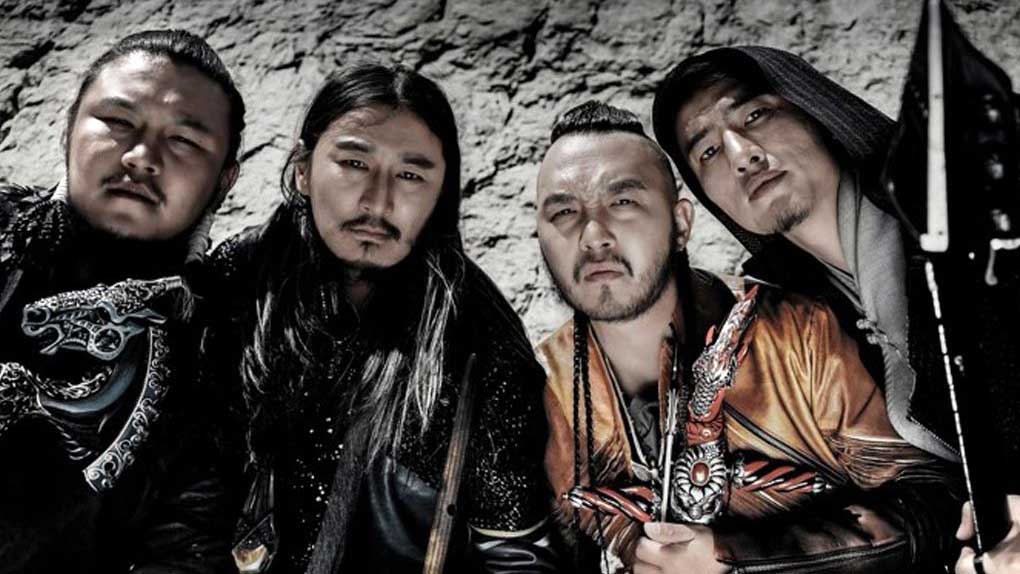
Cultural celebration or wacky bullshit? Since emerging as a distinct sub-genre in the 1990s, folk metal has divided opinion for both metal fans and critics. Nevertheless, it has become a mainstay of the metal world, growing from a predominantly European base to incorporate specific regional sub-variants over a 30-year span.
From the more recognised variants of Viking and Celtic metal to emergent scenes in the Indian subcontinent (Vedic metal), Middle East (Oriental metal) or East Asia, each of these sub-genres are deserving of a Top 10 in their own right.
However, to keep things simple for those who are less familiar with the sub-genre that both pirates and Vikings call home, we've compiled the 10 records no folk metal fan should go without.

Skyclad – Irrational Anthems (1996)
Formed from the ashes of Brit pagan-thrashers Sabbat, Skyclad incorporated folk into their sound as early as 1991, with The Widdershins Jig standing as an early genre highlight. Over the next three releases the band continued to develop their thrash-meets-folk stylings, but it was 1996’s Irrational Anthems that pushed folk into being a core component of their sound. Irrational Anthems strikes the right balance between folk’s tonal range (jaunty, stirring, adventurous – you’ll find it all here courtesy of Georgina Biddle’s string-work) and thrash’s socio-political lyrical content, even if opener Inequality Street is only two letters short of David Brent.
Waylander – Reawakening Pride Once Lost (1998)
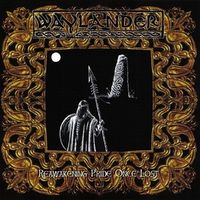
Norse culture may have become one of folk metal’s strongest identifiers, but early on it was Celtic metal and culture that ruled the roost. By the time Waylander released their debut in 1998 the likes of Primordial and Cruachan had established the groundwork for the genre with their own debuts (both released in 1995), affixing Celtic mythology and history to black metal’s raging intensity. But unlike their contemporaries Waylander weren’t sparing in their use of folk instrumentation – Mairtin Mac Cormaic’s tin whistle a near-constant throughout, whether prominent (as on Born To The Fight or A Heroes Lament) or more subtle as on With Veins Afire.
Finntroll – Jaktens Tid (2001)
Finntroll’s Jaktens Tid saw them explode onto the European metal scene consciousness, landing them a top #20 back home in Finland but also onto festival bills throughout the continent. Stylistically, this record set the bar – its mixture of bombastic power metal and snarled extremity bolstered by a sense of jauntiness that has – for good or ill – become a defining characteristic of folk metal going forward. Most interestingly, the record also featured guest vocals from Jonne Järvelä, directly contributing to his decision to transition from the straight-up folk of Shaman into Korpiklaani just two years later.
Turisas – Battle Metal (2004)
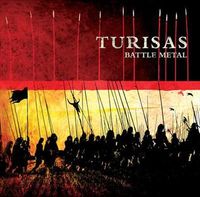
Finntroll walked so Turisas could gallop. Dialling everything up to 11, Turisas captured the imagination of fans and publications alike in a way few folk metal bands before or since could replicate – until The Hu at least. It took a full eight members to realise their ambitions on record (five full-time, three guest/session) and the results showed in the near-symphonic levels of production, Turisas sounding bigger than just about anybody else on the scene at the time. Battle Metal was a rallying cry, crystallising a moment where power and folk metal were on a commercial upswing after spending much of the 90s in the wilderness.
Tengger Cavalry – Blood Sacrifice Shaman (2010)
Fronted by the late Nature Ganganbaigal, Tengger Cavalry kicked off a new decade by introducing the world to a whole new continent’s worth of folk metal brilliance. Initially based out of China before moving to New York and drawing inspiration from the culture and history of Mongolia, Tengger Cavalry were unlike just about anybody else, drawing attention to the burgeoning folk metal scene of East Asia - something that would ultimately culminate in the success of The Hu. Blood Sacrifice Shaman still sounds fresh and thrilling today, further highlighting how ahead of the game Tengger Cavalry truly were.
Korpiklaani – Manala (2012)
As of 2011, Korpiklaani decided to sing almost entirely in their native tongue. This decision coincided with the appointment of Finnish poet Tuomas Keskimäki as their new lyricist, their songs now written according to the metre of Finland’s own epic poetry collection Kalevala, a book which chronicles Finnish folklore and mythology. Manala bears the fruit of their labours, taking the festival-ready fun quality of the band’s earlier records and giving it an extra helping of muscle. Petoeläimen Kuola reminds everyone that even if Korpiklaani were lyrically leaning back towards their Shaman days, musically they were as potent and heavy as ever.
Eluveitie – Origins (2014)
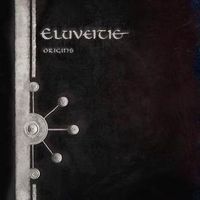
With Origins Eluveitie laid claim to being possibly the biggest Celtic metal band in the world (and certainly one of folk metal’s most successful groups) after landing at #1 in the charts in their native Switzerland. Over six records the band had mined Celtic mythology – albeit based around the intersection of Celtic and Gaul culture – but on /Origins/ they turned their sound into something monumental, their metallic elements shifting away from melodeath inclinations to take on an almost progish quality, folk instrumentation flying unfettered above the thundering metallic din the entire time.
Wagakki Band – Yasou Emaki (2015)
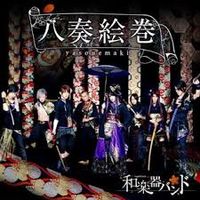
Taking off at 100mph on Ikusa, Wagakki dispel any notions of being just another J-Pop group with a sound that shares more similarity to Nine Treasures or Eluveitie than Arashi or AKB48. Mixing traditional instruments (from which they take their name – Wagakki) and rock, the group landed a #1 in Japan with their second record Yasou Emaki, its fusion of rock stylings (in parts prog, others Primus-style alternative metal all the way out to power metal) making it a delightfully unpredictable listen throughout, the likes of Hagane and Hakuhan delivering neck-straining riffs any band could be proud of.
Orphaned Land – Unsung Prophets & Dead Messiahs (2018)
Orphaned Land have long been the standard-bearers for Middle Eastern metal. Unsung Prophets & Dead Messiahs was a pinnacle achievement for the Israeli group, their blend of symphonic elements and Arabian folk melodies sounding monumental while retaining a grandiose sense of extremity that wore their underground credibility like a badge of pride. In simultaneously championing their rich cultural history whilst railing against the injustices of the world, Orphaned Land showed their fires had not grown dim over their near 30-year existence.
The Hu – The Gereg (2019)
When was the last time a band so completely and utterly captivated the metal world from out of nowhere? Even before The Gereg dropped The Hu had amassed millions of streams and views online, but since its release they have become the kind of phenomenon most bands can only dream of. Unlike most folk metal bands, The Hu aren’t so much bringing folk into metal as approaching from completely the other direction, making folk music in the most metal style imaginable, drawing in guests like Lzzy Hale and Jacoby Shaddix while they are at it.
Sign up below to get the latest from Metal Hammer, plus exclusive special offers, direct to your inbox!
Staff writer for Metal Hammer, Rich has never met a feature he didn't fancy, which is just as well when it comes to covering everything rock, punk and metal for both print and online, be it legendary events like Rock In Rio or Clash Of The Titans or seeking out exciting new bands like Nine Treasures, Jinjer and Sleep Token.
